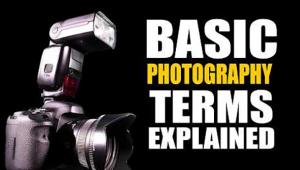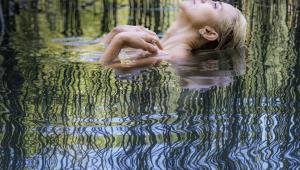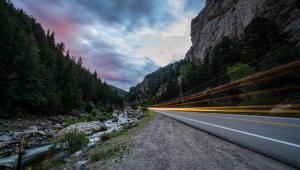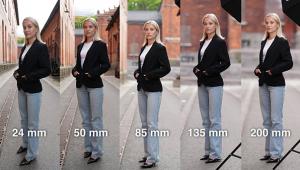Learn to See Light the Way Your Camera Does for Perfect Exposures (VIDEO)
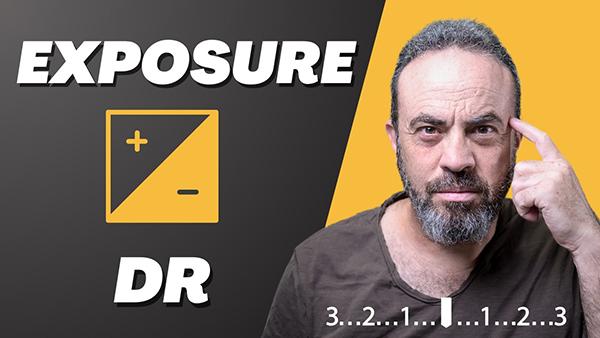
One of the foremost photography challenges is learning how to properly evaluate the light in a scene and arrive at a perfectly balanced exposure. If you find this a struggle, the tutorial below from pro Gil Kreslavsky explains everything you need to know in the next 11 minutes.
Gil is an experienced Israeli photographer and educator who specializes in travel, street and documentary imagery, with a popular YouTube that shares his experiences, gear preferences, practical insights, and real-world tips. He introduces the video like this: "You'll learn how to understand light the way your camera does, master dynamic range, and avoid guessing about your settings."
By the time the lesson concludes you'll approach exposure with confidence, master dynamic range, and know how to control bright highlights and deep shadows. With this knowledge in hand, the creative decisions you make will strengthen every image you shoot in challenging situations.
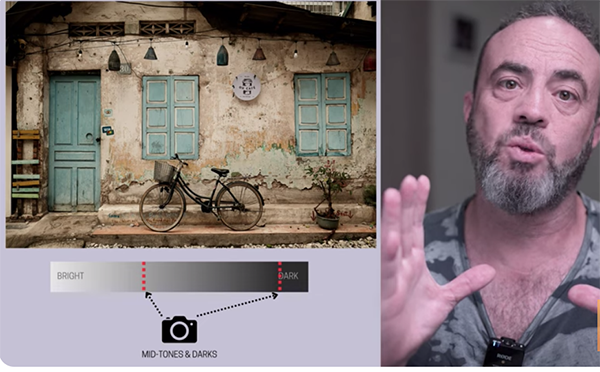
Gil's advice is based on the fact that our eyes and the camera see light in very different ways. His analogy is to imagine that you're standing indoors, looking out through a window. "The human eye can easily observe what's happening indoors and out, but a camera can only accurately deal with one of these very different light intensities."
Thus, if you meter for the dim room, everything beyond the window will be blown out and devoid of detail. Conversely, the indoor scene will be dark and unreadable if you expose for what's outside. This is because "our sensitive eyes can discern approximately 24 stops of light tonality, while modern cameras are limited to capturing a range of 13-15 stops."
What all this means in the field is that there may be a big chunk of dynamic range that a camera simply cannot record. Now that you understand these theoretical considerations, the practical techniques that follow make perfect sense, and they're very easy to implement if you follow Gil's straightforward advice.
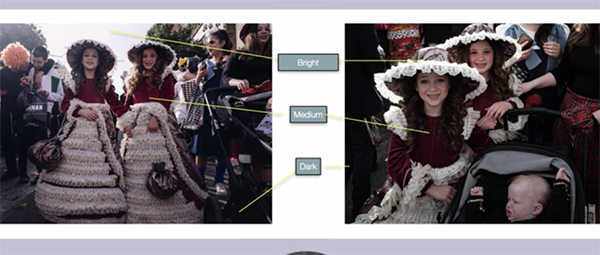
Gil explains the compromises required to balance light in various scenarios and conditions for an ideal range of tones. Sometimes appropriate camera settings will get the job done, while other times the solution is limiting dynamic range or changing your vantage point and framing a scene differently.
In short, you can eliminate guesswork and consistently nail exposure by employing Gil's tips and techniques. Be sure to explore his instructional YouTube channel once the video concludes.
We also recommend watching an earlier tutorial we featured with another accomplished outdoor shooter who provides a quick-and-easy beginners guide for harnessing the power of backlighting to capture nature, wildlife, and landscape photographs that demand everyone's attention.









